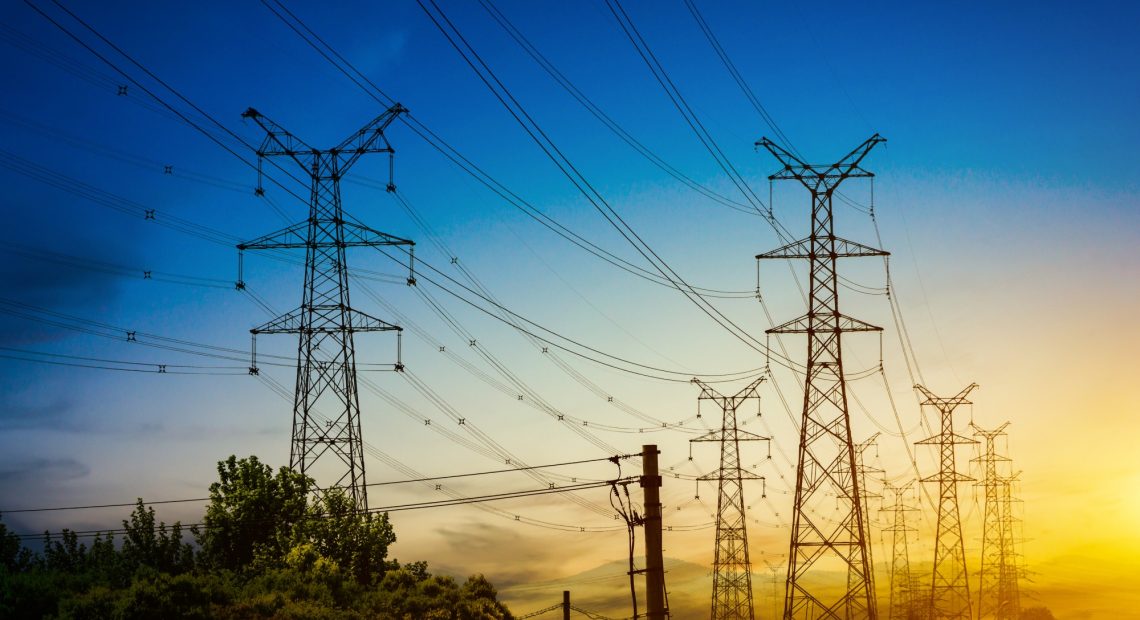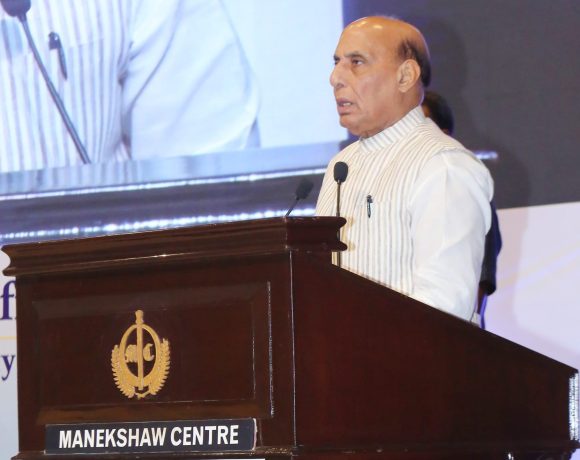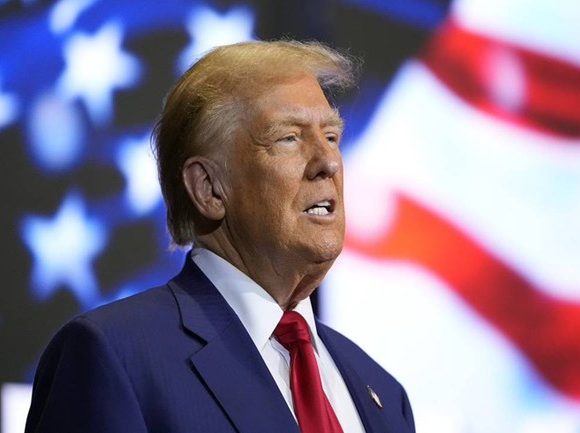
India to Export Electricity Undersea to UAE and Saudi Arabia
India is set to become a regional electricity exporter through an ambitious undersea power transmission project that will connect its energy grid directly with the United Arab Emirates (UAE) and Saudi Arabia. The project involves the construction of high-capacity subsea cables that will transmit renewable electricity, marking a new era of transnational energy trade in South Asia and the Middle East.
India to Build 2 GW Undersea HVDC Cables
The Indian government has confirmed plans to construct two high-voltage direct current (HVDC) subsea cables, each with a transmission capacity of 2 gigawatts (GW). One cable will span 1,700 km to link with Saudi Arabia, while the other will cover 1,400 km to reach the UAE. These cables will run beneath the Arabian Sea and are designed to facilitate long-distance transmission of clean energy with minimal losses.
The total estimated investment stands at ₹90,500 crore (~$10.5 billion), with ₹47,000 crore allocated for the Saudi link and ₹43,500 crore for the UAE connection. Upon completion, the system will have the potential to power millions of households annually with renewable energy sourced from India’s solar and wind farms.
Strategic Energy Integration with the Gulf
These projects are aligned with India’s global energy vision—One Sun, One World, One Grid (OSOWOG)—and aim to integrate its renewable energy surplus into the broader West Asian energy ecosystem. The Gulf nations, especially the UAE which has over 50% reserve electricity capacity, will benefit from grid diversification and cleaner alternatives to fossil-fuel-based generation.
For India, the initiative represents a key opportunity to monetize its renewable energy capacity by tapping into high-demand, high-income regions through long-term power purchase agreements.
Diplomatic and Economic Dimensions
The undersea cable plan also complements the India–Middle East–Europe Economic Corridor (IMEC) framework, further binding India’s economic and diplomatic engagement with the Gulf. This effort strengthens strategic ties with the UAE and Saudi Arabia beyond oil trade, extending into sustainable infrastructure and energy resilience.
It positions India not just as a buyer of oil and gas, but as a reliable power supplier and a technological partner in energy transition efforts in West Asia.
Project Timeline and Technical Milestones
The project is expected to be completed within six years, involving intricate engineering challenges including deep-sea HVDC cable laying, marine hazard assessments, international legal coordination, and real-time grid synchronization. Experts point to India’s rapid domestic energy expansion—having added 34 GW in the past year—as evidence of its growing technical and logistical readiness for megaprojects of this scale.


















